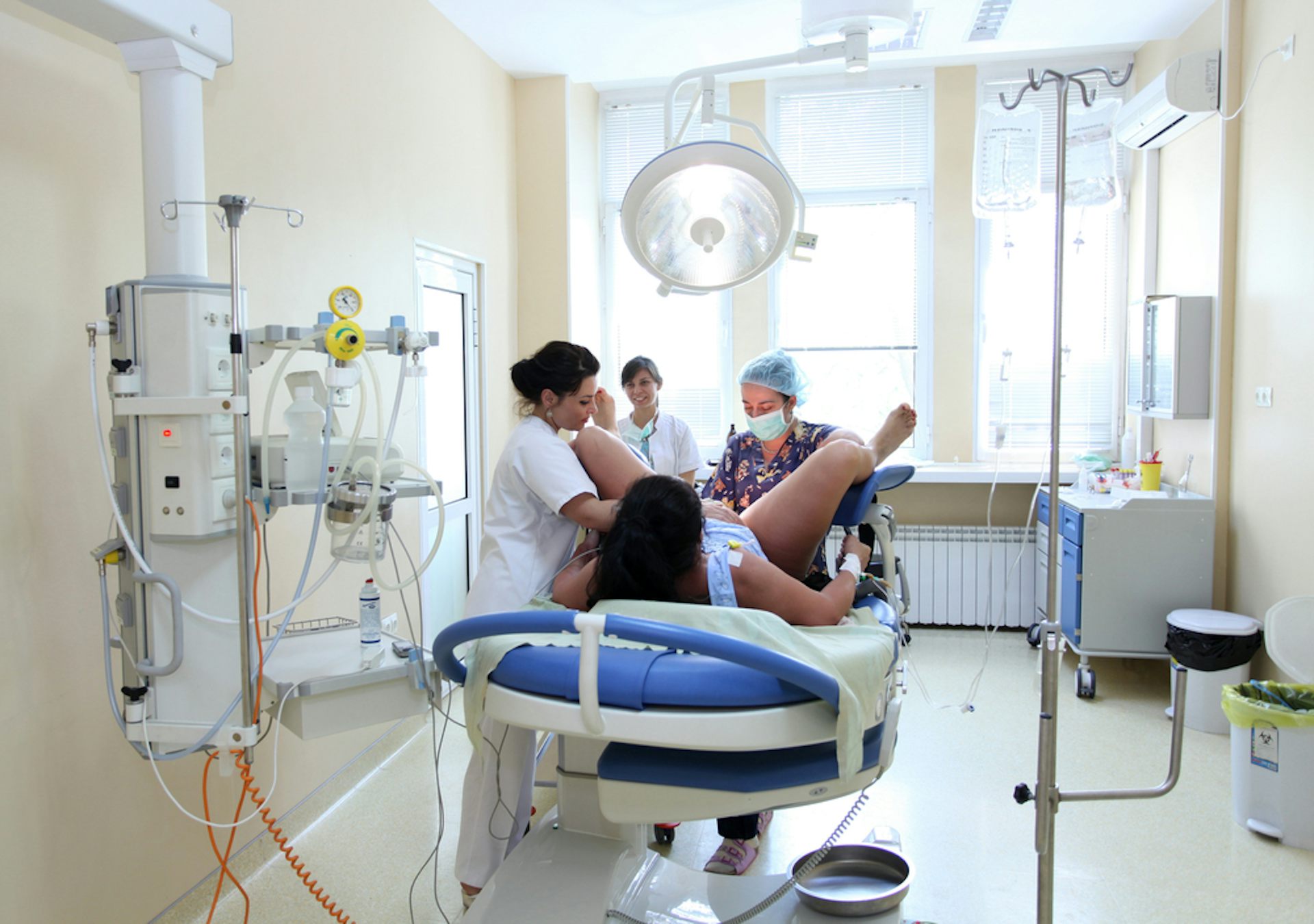

“We know it results in fewer episiotomies,” she said. Obtaining these data is not all that straightforward or practical, Vanderlaan said, adding that the guidelines “definitely should be reassessed.” At the very least, this study should put to rest some questions about the risks of a water birth. “Therefore, until such data are available, it is the recommendation of the College that birth occur on land, not in water,” the report reads. According to the American College of Obstetricians and Gynecologists, opting for a water birth during the first stage of labor “may be associated with shorter labor and decreased use of spinal and epidural analgesia” however, their recommendation on the topic notes that further data on the potential risks and benefits of water births during the later stages of labor and delivery are needed. Labor is broken down into three stages: dilation of the cervix, birth, and afterbirth (when the placenta is delivered). However, the study found that a water birth increased the odds of cord avulsion, a complication in which the umbilical cord tears off from the placenta. Additionally, water births decreased the odds of postpartum hemorrhage, opioid injections, and epidurals. Vanderlaan and her team found that a water birth significantly reduced how often pain was reported, as well as the rate of episiotomies-“an intervention which offers no perineal or fetal benefit, can increase postnatal pain, anxiety and impact negatively on a woman’s birth experience,” according to the paper. The new study analyzed 36 papers published around the world since 2000 and compared a range of outcomes and risks for those giving birth with and without water immersion. “It's funny to me that we have to show that, but sitting in a hot tub does reduce pain,” Vanderlaan told The Daily Beast. Jennifer Vanderlaan, a maternal health researcher at the University of Nevada, Las Vegas School of Nursing and a co-author of the new paper, said the practice is akin to sitting in a hot tub and is used for pain management. The term “water birth” describes a range of practices, but all involve immersion in water during some stage of the labor and delivery process. were more than twice as likely as white patients to be given an episiotomy.Ī new analysis of dozens of studies published Tuesday in the journal BMJ Open found an unlikely preventative measure against painful episiotomies: water births. And a study published last week found that BIPOC patients in the U.S. In England, for instance, around one in seven deliveries involve an episiotomy. than critics say it ought to be, and remains widespread in other countries. since The American College of Obstetricians and Gynecologists recommended against their routine use in 2006, the procedure is still more common in the U.S. Though rates of episiotomies have declined in the U.S. “The psychological shadow might disappear over time, but I don’t know yet,” she said.

And the long-term effects of the procedure were not just physical, she told the researchers of a 2020 paper: Her sex life and self-confidence had been permanently changed. Unfortunately, the procedure made using the bathroom feel “like a torture” to her. Six months after giving birth, a 35-year-old woman said she still felt pain in the region where she received an episiotomy-a surgical incision in the perineum (the region between the vagina and anus) that’s meant to prevent severe tears and aid delivery.


 0 kommentar(er)
0 kommentar(er)
